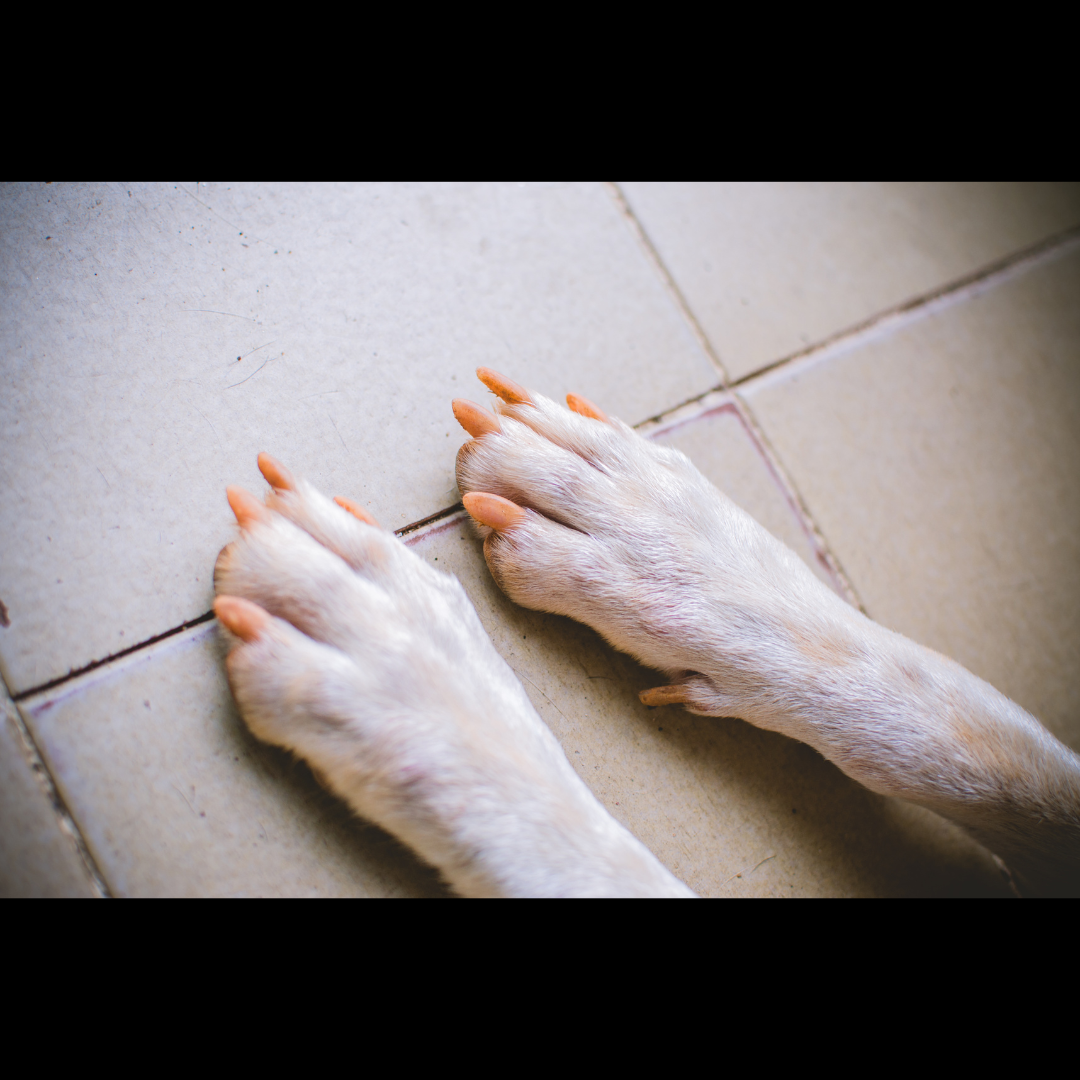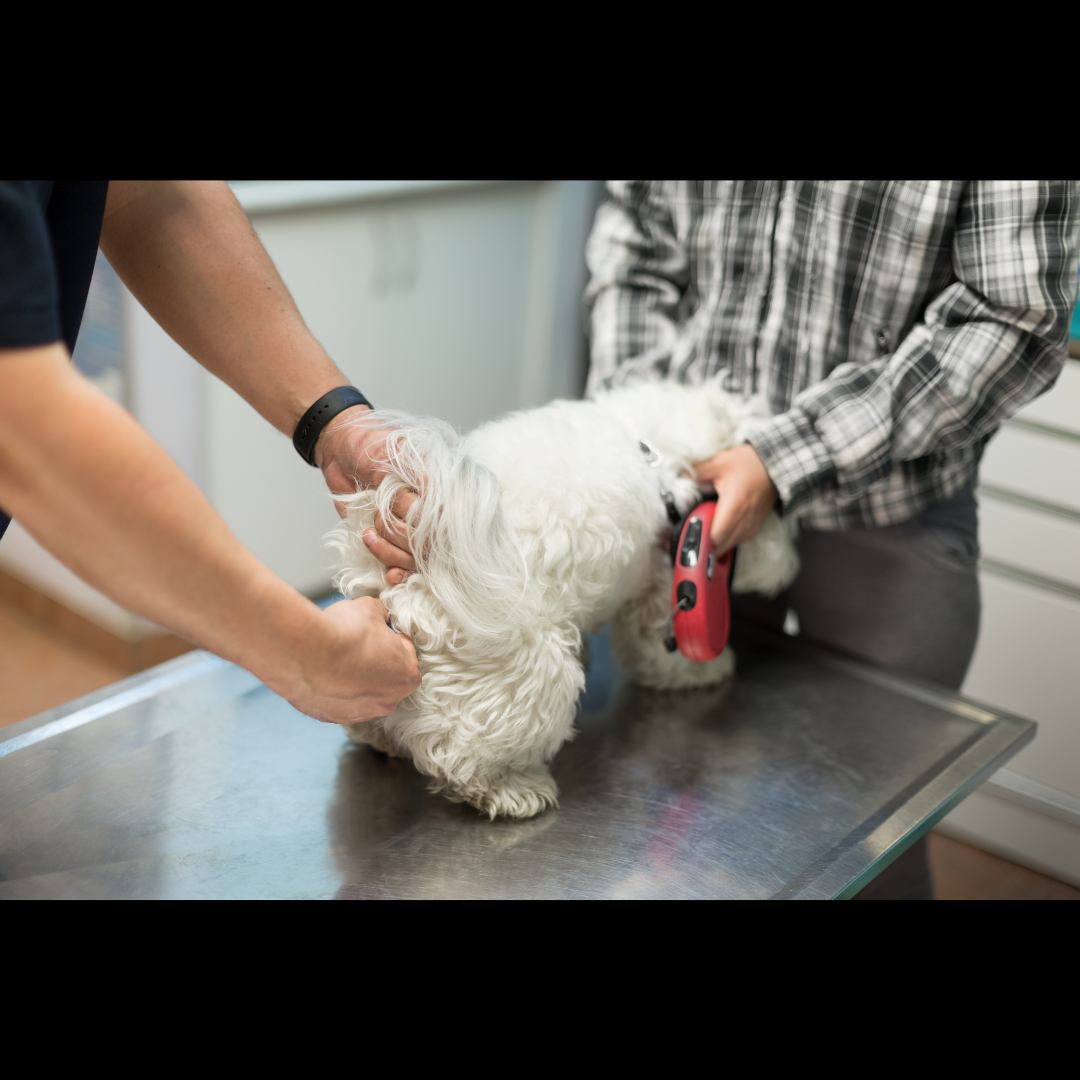
Overgrown Dog Nails: A Comprehensive Guide
Overgrown nails in dogs is a common issue that pet owners face.
It’s often overlooked, but it’s an essential aspect of a dog’s overall health and well-being.
This article will delve into the symptoms, causes, effects, and treatments of overgrown nails in dogs.
Symptoms of Overgrown Dog Nails
Overgrown nails in dogs can manifest in several ways123:
- Scratching: You might notice your dog’s nails are too long when they scratch you or when they begin to get caught on the furniture1.
- Walking Difficulty: Dogs with long nails may walk gingerly or “tip-toe” with their nails on the ground and their paw elevated12.
- Nail Curling: Extremely overgrown dog nails will curl over the paw1.
- Paw Licking or Chewing: Dogs may excessively lick or chew at their paws3.
- Slipping: Dogs with long nails may slip on hardwood or tile floors1.
Causes of Overgrown Dog Nails
Overgrown nails in dogs can be caused by several factors456:
- Lack of Regular Nail Trimming: This often happens when the dog does not like getting its nails trimmed or the owner has forgotten to do so6.
- Aging: Older dogs’ nails have an increased rate of nail growth6.
- Lack of Regular Exercise: Dogs that do not get enough exercise may not wear down their nails naturally5.
- Breed-Specific Nail Growth: Some breeds may have faster nail growth than others5.
Effects of Overgrown Dog Nails
Overgrown nails can lead to a variety of problems for dogs378910:
- Discomfort and Pain: Overgrown nails can make walking uncomfortable or even painful910.
- Joint and Bone Problems: Overgrown nails can change the way your dog walks, leading to joint and bone problems over time910.
- Injuries: Long nails can lead to accidental injuries to both your dog and anyone they might jump on910.
- Infections: Overgrown nails that are not trimmed may lead to nail bed infections or other secondary nail disorders8.
Treatments for Overgrown Dog Nails
The key to trimming overgrown dog nails is to encourage the quick to recede by trimming gradually411.
Here are some steps to trim overgrown dog nails411:
- Make Your Dog Comfortable: If your dog hates having their nails trimmed, the first step is to overcome their fear of the necessary nail-trimming tools4.
- Trim Gradually: After the initial trim of the tip of the nail, trim a little bit at a time on a regular cadence—about once a week—and the quick will recede, making it easier to keep your dog’s nails short4.
- Use the Right Tools: Use appropriate nail clippers designed for dogs and have styptic powder or a clotting agent on hand in case of bleeding11.
- Seek Professional Help: If you’re not comfortable cutting dog nails at home, contact your groomer or veterinarian for an appointment to address your dog’s long nails as soon as possible3.
In conclusion, maintaining your dog’s nail health is crucial for their overall well-being.
Regular nail trims and monitoring for signs of overgrowth can help ensure your furry friend stays comfortable and healthy.
Love you canine companion more and show affection creatively.
Visit our shop for our awesome pet inspired graphic t-shirt collection wear it proudly and let the world know just how much your furry friend means to you.
Disclaimer: This article is intended for informational purposes only. It is not meant to substitute for medical advice or diagnosis provided by your veterinarian. If your dog shows symptoms, please consult your veterinarian immediately.



Leave a comment
This site is protected by hCaptcha and the hCaptcha Privacy Policy and Terms of Service apply.